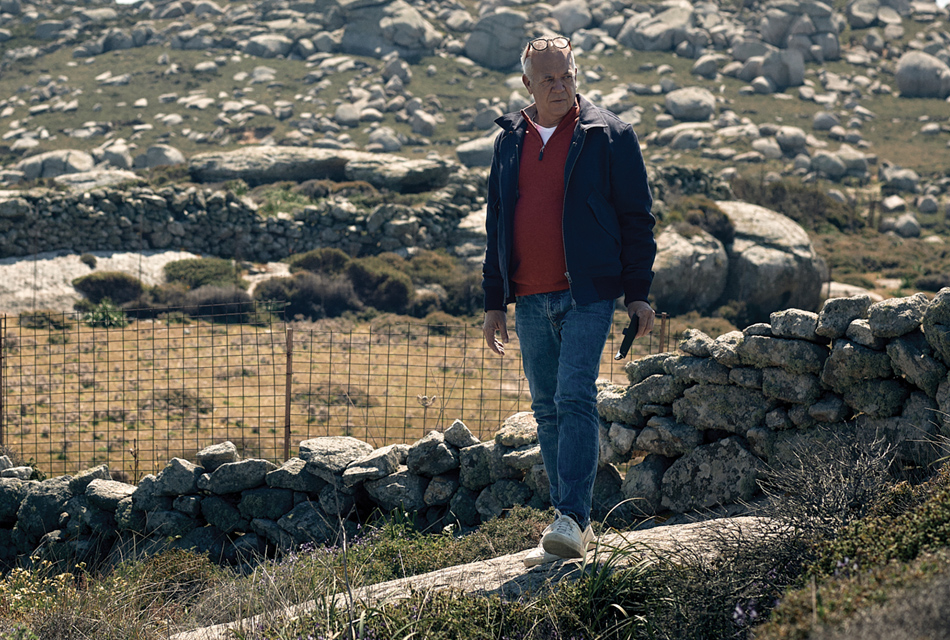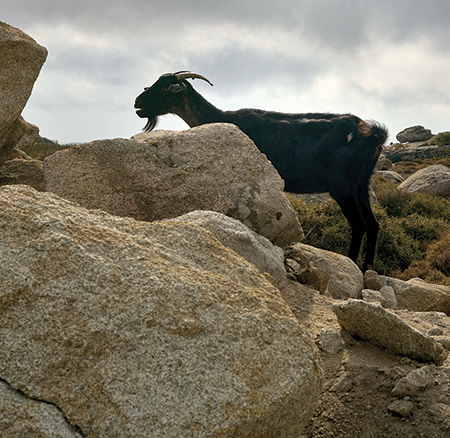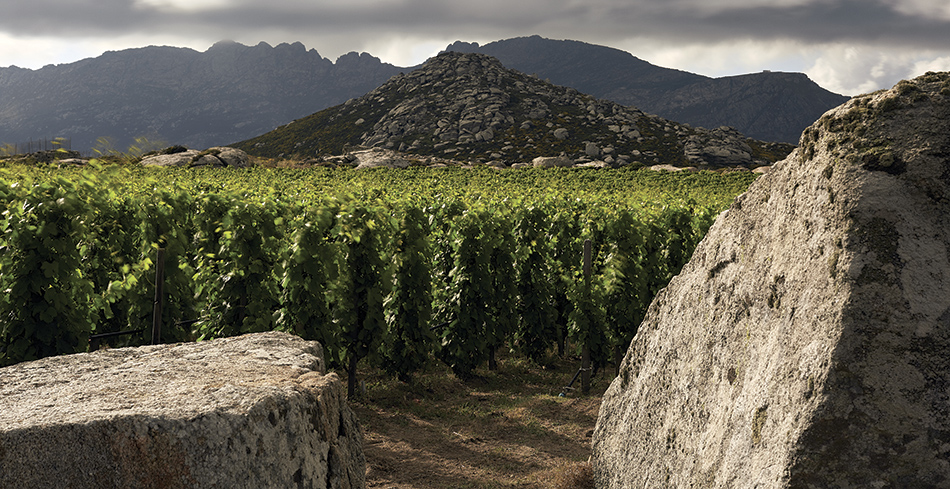
The beauty of a wine production site is often not unrelated to the aesthetics of the wine produced. The place inspires. It leads you to understand, through the nature of the soils, the climatology, or the surrounding vegetation, what the strengths and weaknesses are, almost instinctively prompting the appropriate technical responses. But sometimes, the place strikes you. It's a shock that unsettles you, bewilders you, and disorients you, a rare and strange feeling.
In the heart of the Aegean Sea, a few nautical miles from the bustling Mykonos, emerges the island of Tinos, monastic, spiritual, constantly swept by the winds from the North. You have to climb to almost 500 meters above sea level to find yourself in a lunar landscape, a world of granite blocks where a small vineyard stands, challenging natural laws. The physical disturbance of a particular energy that floods you requires some time to regain the ability to observe, beyond codes and conventions, the message of the place.

Between the granite blocks, the irregular stone walls forming small enclosures remind us that viticulture here is ancestral, although abandoned in favor of marble extraction, further down on the island, which is more profitable. Some old oaks bear witness to the austerity of the microclimate of this plateau swept by the winds. Some of them grow horizontally, doomed never to straighten up. Finally, the vegetation, populated by succulent, green, creeping plants, and aromatic herbs whose scents blend with the salty taste carried by the wind from the sea. A few wild goats whose bleating testifies to the presence of animals and the distant sound of bells hung on Orthodox churches, the only trace of human presence.
It is the madness of a man, the stubbornness of civilization that gave birth to this vineyard over 20 years ago. Alexandre Avatangelo co-manages a domaine on the island of Santorini and can no longer stand the tourist development or the proliferation of wine production. He dreams of elsewhere, where he can accomplish his work. The choice of endemic grape varieties remains unchanged. Asyrtico for white and mavrotragano for reds. The audacious and risky idea of planting them at 9,000 vines per hectare, in this poor granitic sand, of inflicting such root competition that it is necessary to imagine maintenance of soil structure with the help of companion plants, cereals, or legumes, which adds to the beauty of the site and makes the vineyard an oasis in a desert of rocks.

I spent hours walking through these vineyards, row after row, to tame every corner and observe every detail, identifying the small veins of clay, very rare and so influential on the taste of the grapes. I wanted to detach myself and look at these grape varieties as a fuse to transmit the taste of the place, forgetting the knowledge and experience of elsewhere. Here, we do not intervene but interpret. To bottle the place and finally share it, like a rare human experience. A refined wine aesthetic, a liquid energy. An emotion more than a pleasure.